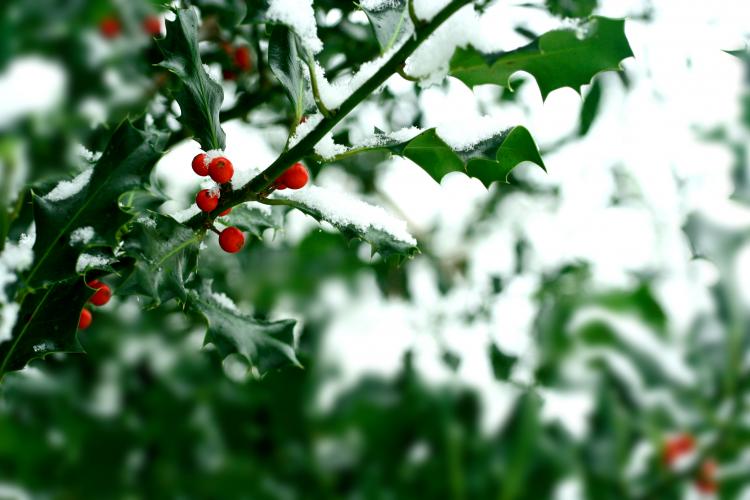January is an opportune time for garden enthusiasts to lay the groundwork for a successful year of growth and beauty. While winter may have its grip on the outdoors, January is a pivotal month for gardeners to plan and prepare for the upcoming seasons. Here are some invaluable gardening tips tailored for this time of the year:
1. Assess and Plan
Take a stroll through your garden and assess its condition. Note areas that need attention, plants that require pruning, or any structural changes you might want to make. Use this time to plan the layout for the coming spring.
2. Pruning
January is ideal for pruning trees and shrubs while they’re dormant. Remove dead or damaged branches to encourage healthy growth when the warmer months arrive. Be cautious and research the specific needs of each plant before pruning.
3. Prepare Soil
Work on improving soil quality by adding organic matter such as compost or well-rotted manure. This enriches the soil and provides essential nutrients for plants once they start growing again.
4. Indoor Gardening
Consider starting an indoor garden by planting seeds that require a longer growing season. Herbs, certain vegetables, and flowers can be started indoors to get a head start on the growing season.
5. Plan for Spring Planting
Start researching and planning what plants you want to introduce or replace in your garden for the upcoming spring. Make a list of seeds to order and any equipment or tools you might need.
6. Protect Plants from Frost
Be vigilant about protecting delicate plants from frost by covering them with frost cloths or mulch. This extra care can make a significant difference in their survival during the winter.
7. Composting
Continue adding to your compost pile with kitchen scraps and garden waste. Turning the compost regularly will facilitate decomposition and provide nutrient-rich compost for your plants later in the year.
8. Tool Maintenance
January is an excellent time to clean and sharpen your gardening tools. Properly maintained tools make gardening tasks easier and help prevent the spread of diseases between plants.
9. Wildlife Care
Keep providing food and water sources for birds and other wildlife in your garden. Consider installing bird feeders or leaving out water in birdbaths to support local wildlife during the colder months.
10. Learn and Explore
Use this quieter time in the garden to expand your knowledge. Read gardening books or attend online workshops to learn new techniques or about different plant varieties.
January may seem like a dormant period for gardens, but it’s a crucial time for gardeners to set the stage for a thriving year ahead. By following these January gardening tips, you’ll lay a solid foundation for a vibrant and bountiful garden when spring arrives.


Comments
Post a Comment